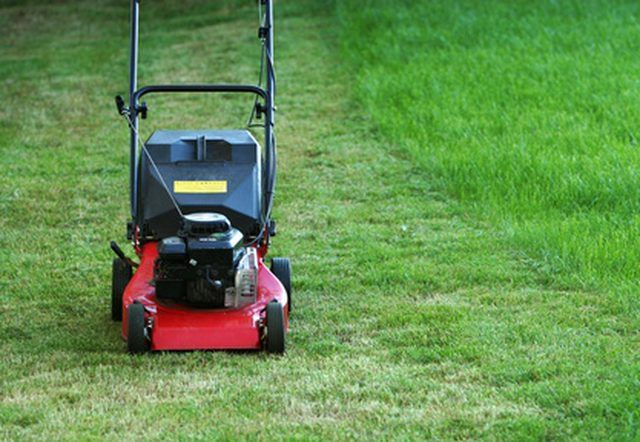Bulbs
Flower Basics
Flower Beds & Specialty Gardens
Flower Garden
Garden Furniture
Garden Gnomes
Garden Seeds
Garden Sheds
Garden Statues
Garden Tools & Supplies
Gardening Basics
Green & Organic
Groundcovers & Vines
Growing Annuals
Growing Basil
Growing Beans
Growing Berries
Growing Blueberries
Growing Cactus
Growing Corn
Growing Cotton
Growing Edibles
Growing Flowers
Growing Garlic
Growing Grapes
Growing Grass
Growing Herbs
Growing Jasmine
Growing Mint
Growing Mushrooms
Orchids
Growing Peanuts
Growing Perennials
Growing Plants
Growing Rosemary
Growing Roses
Growing Strawberries
Growing Sunflowers
Growing Thyme
Growing Tomatoes
Growing Tulips
Growing Vegetables
Herb Basics
Herb Garden
Indoor Growing
Landscaping Basics
Landscaping Patios
Landscaping Plants
Landscaping Shrubs
Landscaping Trees
Landscaping Walks & Pathways
Lawn Basics
Lawn Maintenance
Lawn Mowers
Lawn Ornaments
Lawn Planting
Lawn Tools
Outdoor Growing
Overall Landscape Planning
Pests, Weeds & Problems
Plant Basics
Rock Garden
Rose Garden
Shrubs
Soil
Specialty Gardens
Trees
Vegetable Garden
Yard Maintenance
How to Repair a Seized Lawnmower Engine
How to Repair a Seized Lawnmower Engine. The internal parts of a lawnmower engine will seize from lack of use or an insufficient oil supply. Oxidation of the internal components of the engine will make the mower impossible to start. To avoid this scenario, change the lawn mower's engine oil at scheduled intervals set forth by the manufacturer's...

The internal parts of a lawnmower engine will seize from lack of use or an insufficient oil supply. Oxidation of the internal components of the engine will make the mower impossible to start. To avoid this scenario, change the lawn mower's engine oil at scheduled intervals set forth by the manufacturer's guidelines. Keep oxidation of the internal engine components to a minimum by running the lawn mower engine at least once a year. Always keep the lawn mower stored in a garage or shed, away from the elements.
Things You'll Need
Can of penetrating oil
Basic hand tools
Spark plug socket tool
Rag or paper towels
Lawnmower engine oil
Purchase a can of penetrating oil spray. Drain the engine of all the oil.
Remove the spark plug from the lawnmower's engine. Setup the lawnmower with the spark plug hole facing up (riding mowers will require the owner to remove the engine to accomplish this).
Spray a liberal amount of penetrating oil in the spark plug hole. Let the penetrating oil set and soak in the combustion chamber for an hour.
Attempt to move the engines piston up and down the bore by gripping the mower blade and moving it back and forth. Do this until the engine rotates freely (riding mowers with the engine removed will need leverage on the crankshaft from a pair of locking pliers).
Put the lawnmower on its wheels and install the removed spark plug, fill the engine with the appropriate type and amount of oil recommended by the manufacturer. For those with riding mowers, install the engine before replacing the spark plug and filling with oil. Start the lawnmower and let it run for five minutes.
Tips & Warnings
For engines that do not free up easily, repeat the process of spraying the penetrating oil in the spark plug hole two or three more times before disassembling the engine completely.
Heavily oxidized engines that will not free using penetrating oil will need to be replaced or rebuilt.
Use protective gloves when turning the engines crankshaft by the blade.
Wipe off any excess penetrating oil left on the outside of the engine to avoid fires.